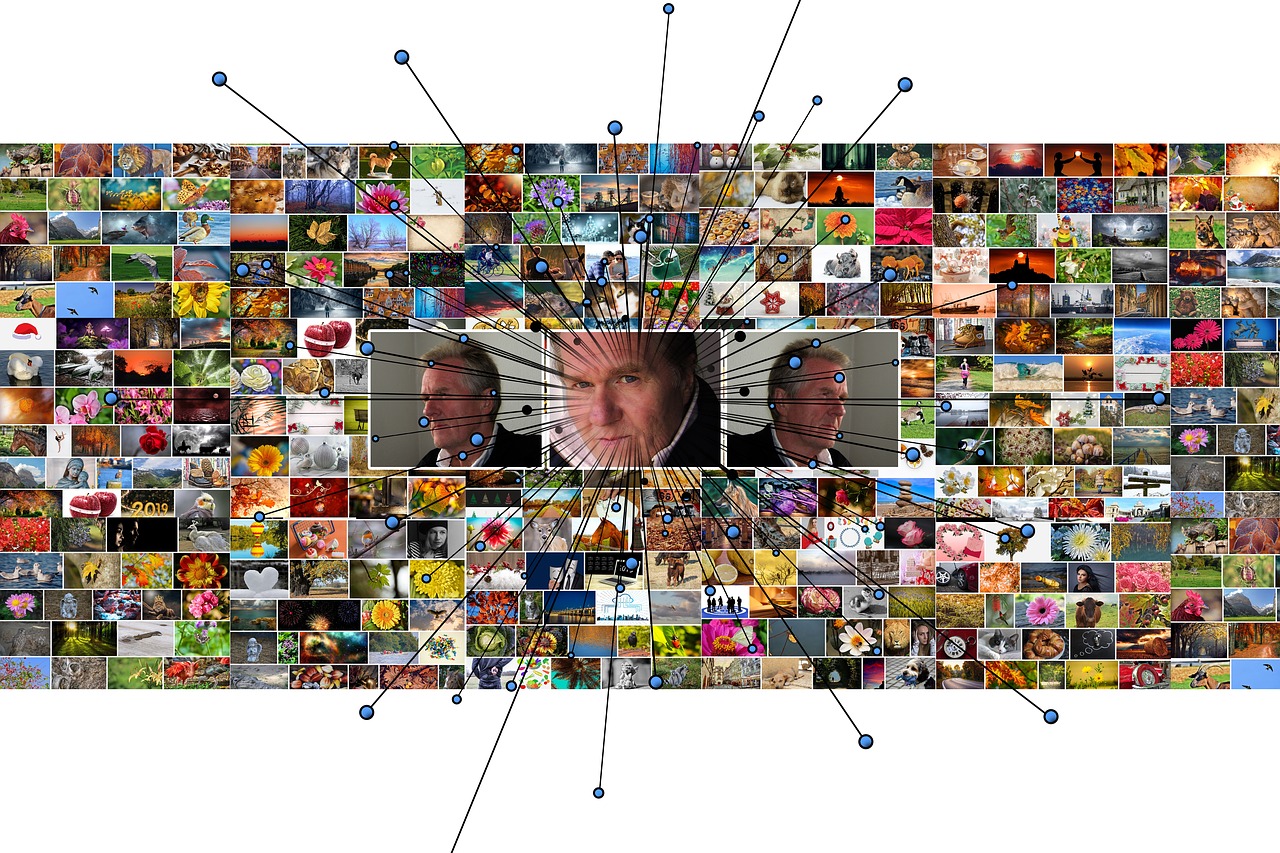Machine learning is a technique used to teach machines such as computers how to react to certain situations. It is a data analytics tool that gives robots the ability to learn from experience like humans and animals do. Applications such as Artificial Intelligence are tools that are trained by means of a predetermined equation that is thought to best suit programmed situations. This model is controlled by algorithms that through use can improve performance and increase learning abilities such as deep learning.
There are many reasons as to why machine learning should be used, there are also many sectors that can greatly benefit from the introduction of machine learning into their ecosystem.
Here are some pointers to explain where machine learning really matters:
- Energy production: in order to gauge prices and forecast load specifics and such like
- Manufacturing: including automotive and aerospace spheres so as to allow predictive maintenance
- Language processing: for use of natural voice recognition applications
- Computational finance: to calculate credit scores and algorithmic trading
- Computational biology: for advanced treatment, diagnosis and other technical practices such as DNA sequencing
- Image processing: including computer vision used for face recognition as well as motion and object detection
In these such situations, machine learning is used so as to facilitate, speed up and create more accurate results in the industry it is being used in. Machine learning is needed to ensure complex tasks, problem solving and large amounts of data are each tackled with the highest precision without cause of human error; especially in situations where
- Hand-written rules or equations, such as face recognition or speech recognition are too complex for manual input,
- Rules or equations are dynamic in nature and constantly updated in terms of fraud detection for any KYC, KYB or AML needs and when
- Data is altered or changed to conform to the program’s need for adapting; in the case of trading, energy forecasting and shopping trends.
But how does machine learning work?
There are two types of techniques to consider when trying to understand how machine learning works. The first is supervised learning, and as the name suggests; a training model is applied and adhered to under human control where the inputting and outputting of data is predicted by future outputs. The other is unsupervised learning in which the machine finds hidden patterns or structures that may be too intrinsic for human analysis; here input data is monitored by means of an algorithm.
Supervised learning takes a known set of input data and responds by means of a known output transmission to generate generally accurate predictions resulting in new data. This sort of technique should be used if you have known data (for the output) that you are trying to predict such as medical imaging, speech recognition or even credit scores.
This is handled in a classification system whereby discrete responses to detect spam or a regression system where continuous responses are generated; these results can include temperature fluctuations, power demands and other forecasting necessities.
Machine learning allows humans to further their research by means of computers, artificial intelligence and other revolutionary tools that allow in-depth access to a variety of results. Using machine learning in a variety of sectors can help to strengthen the development and overall infrastructure of our society, economy and industrial growth.

